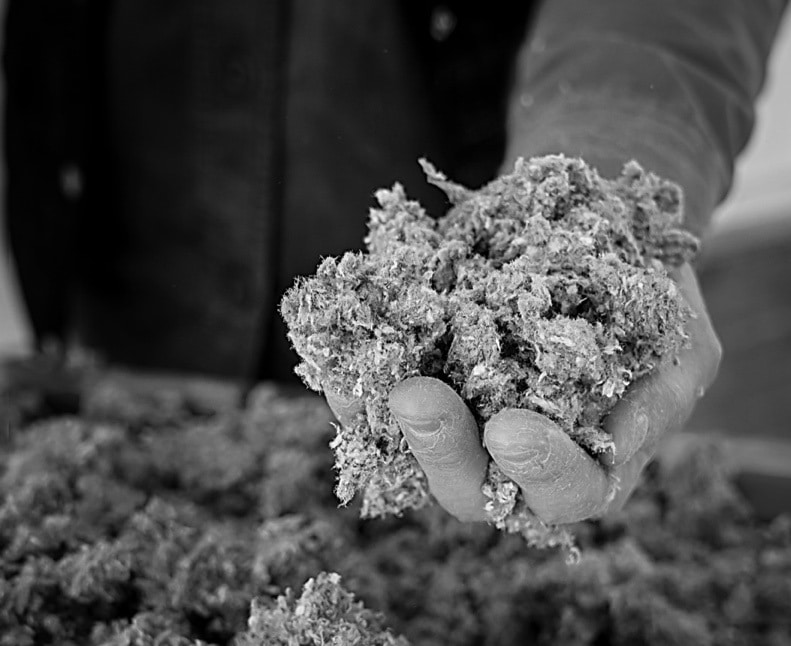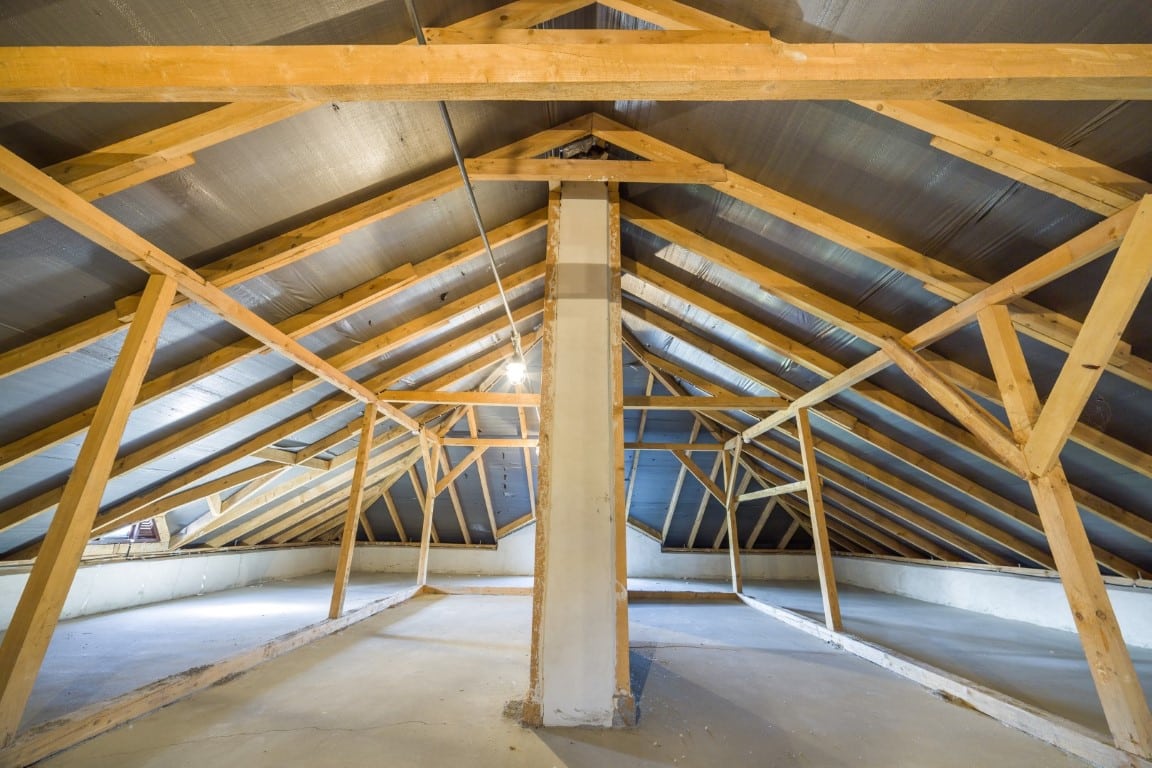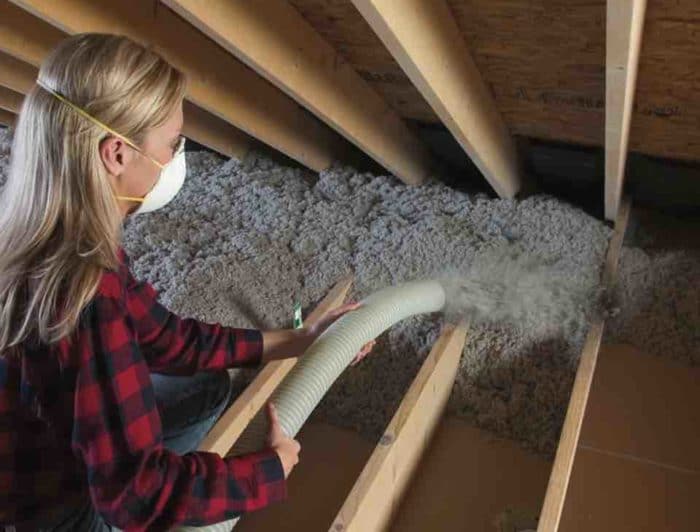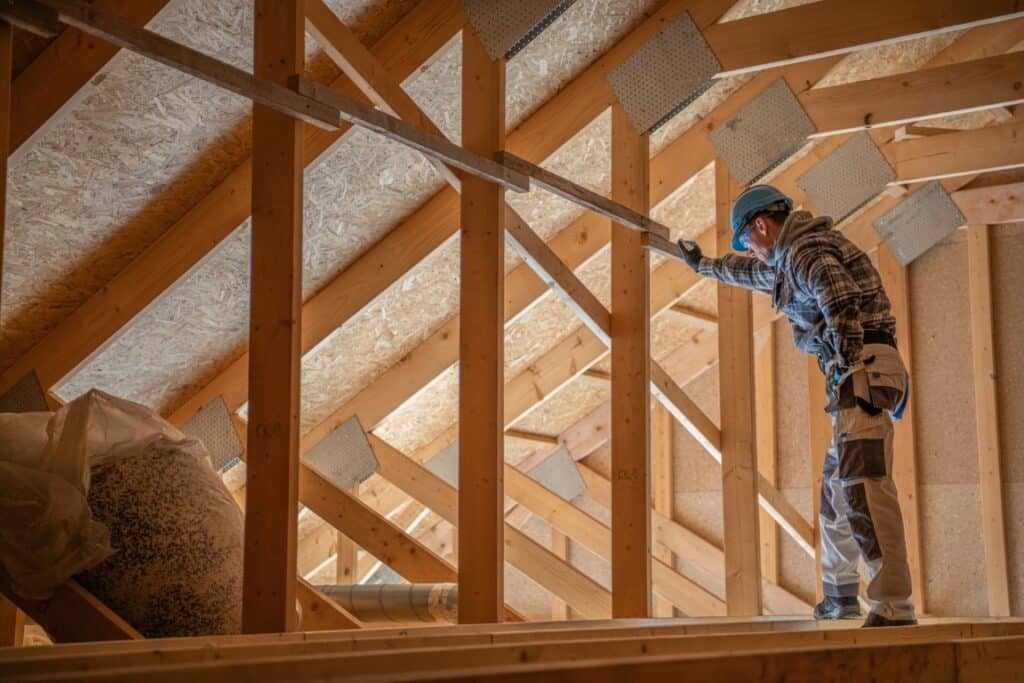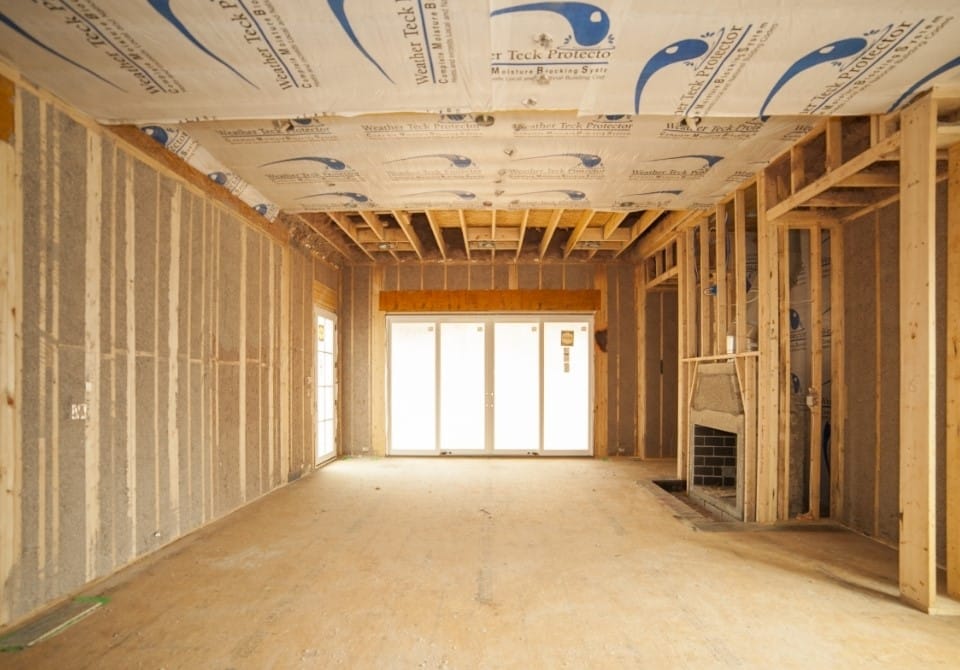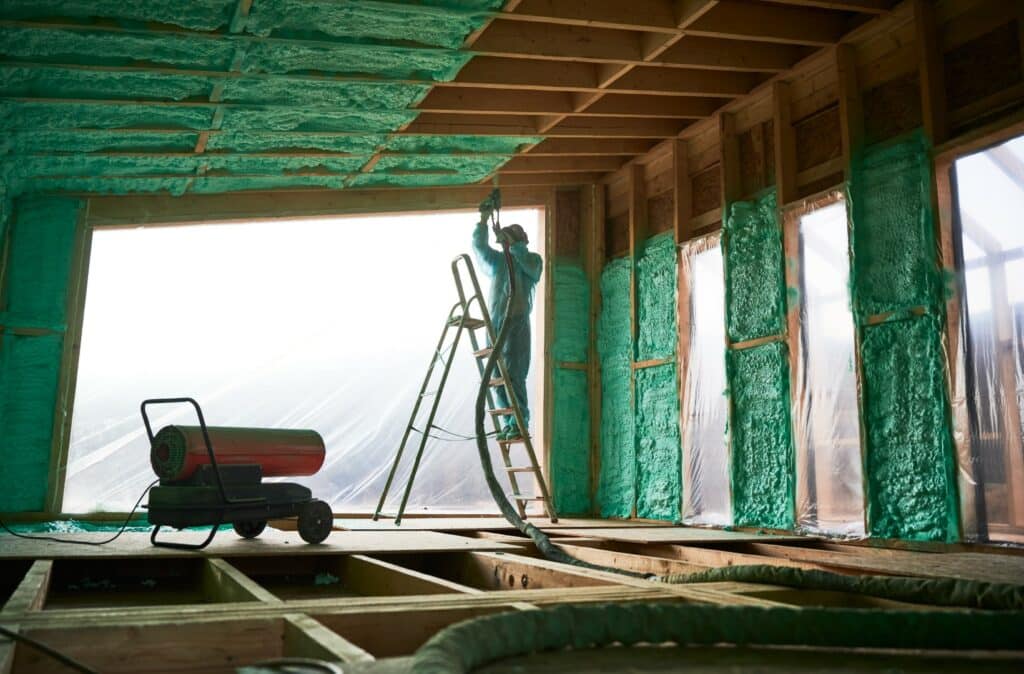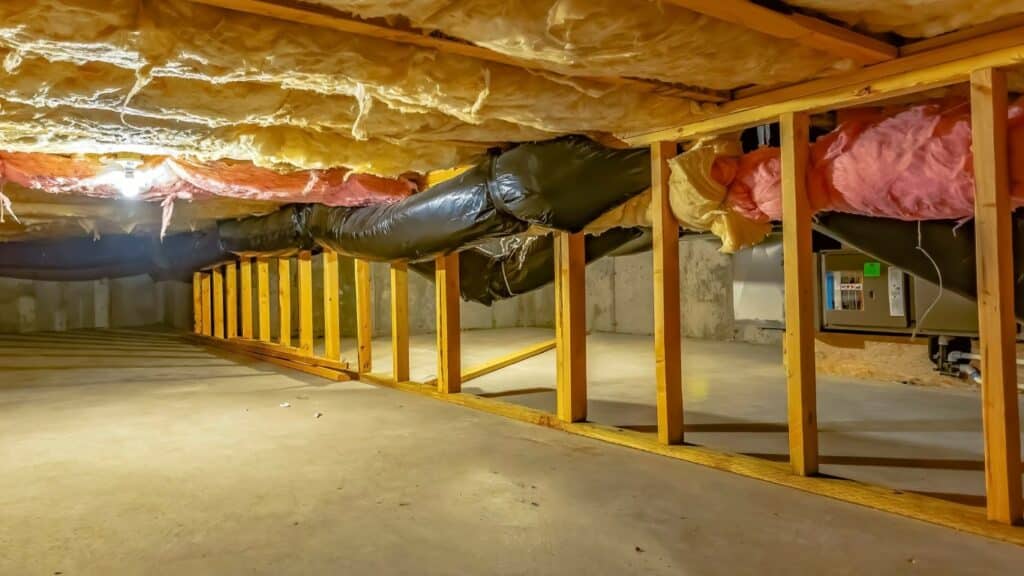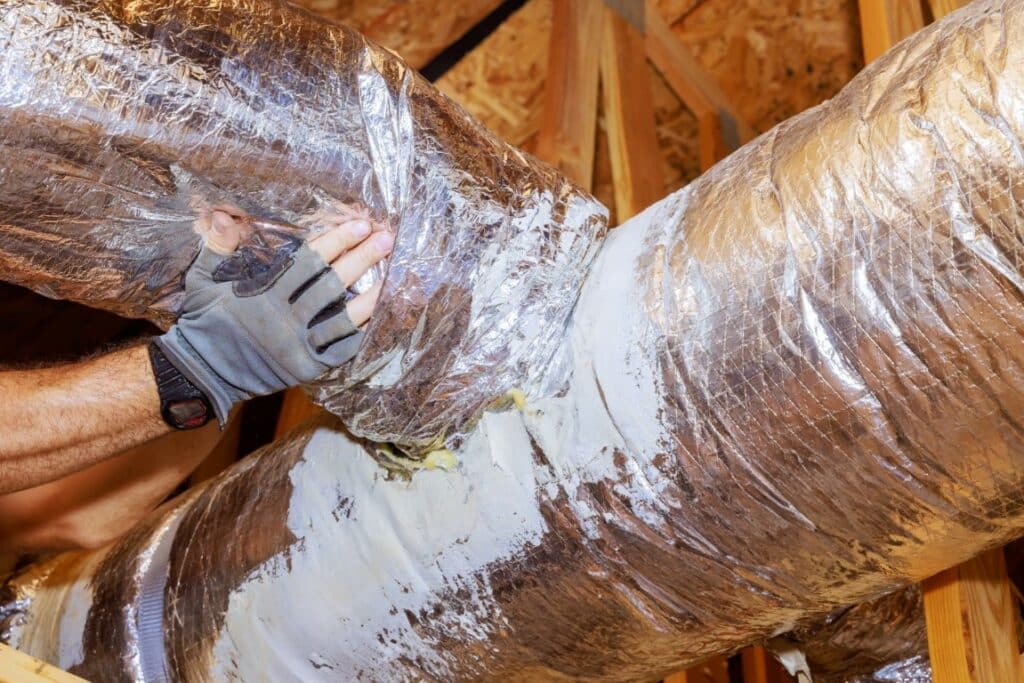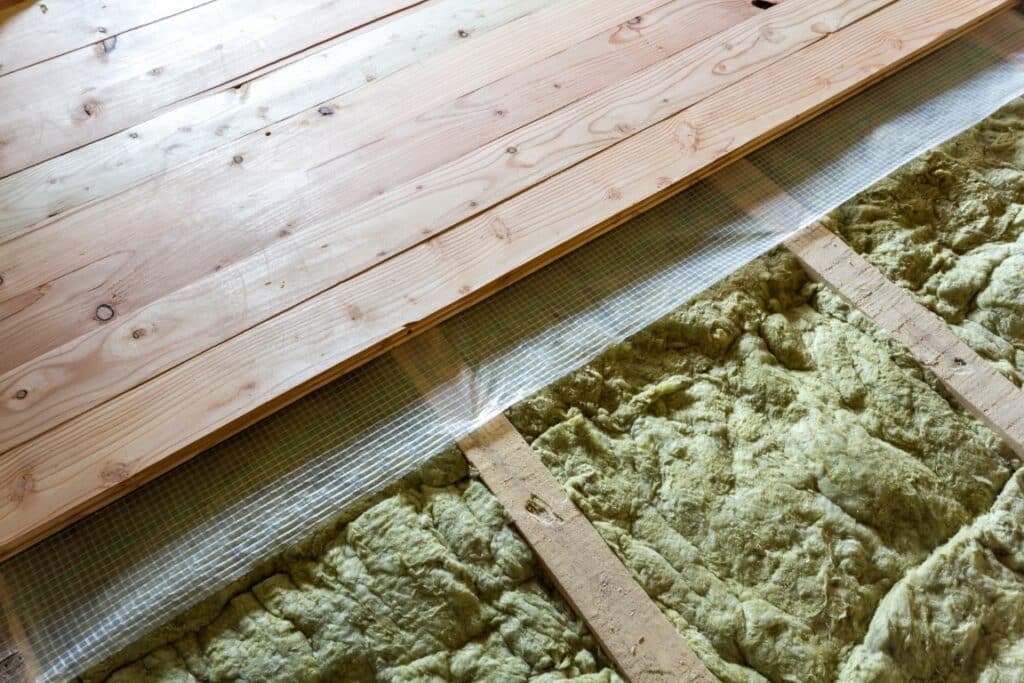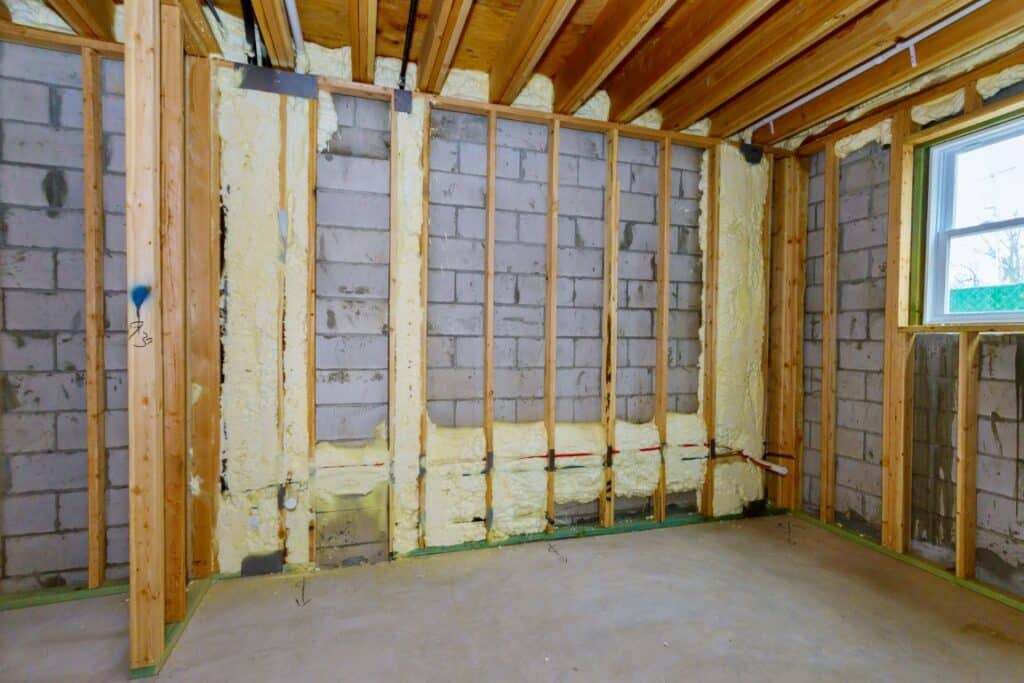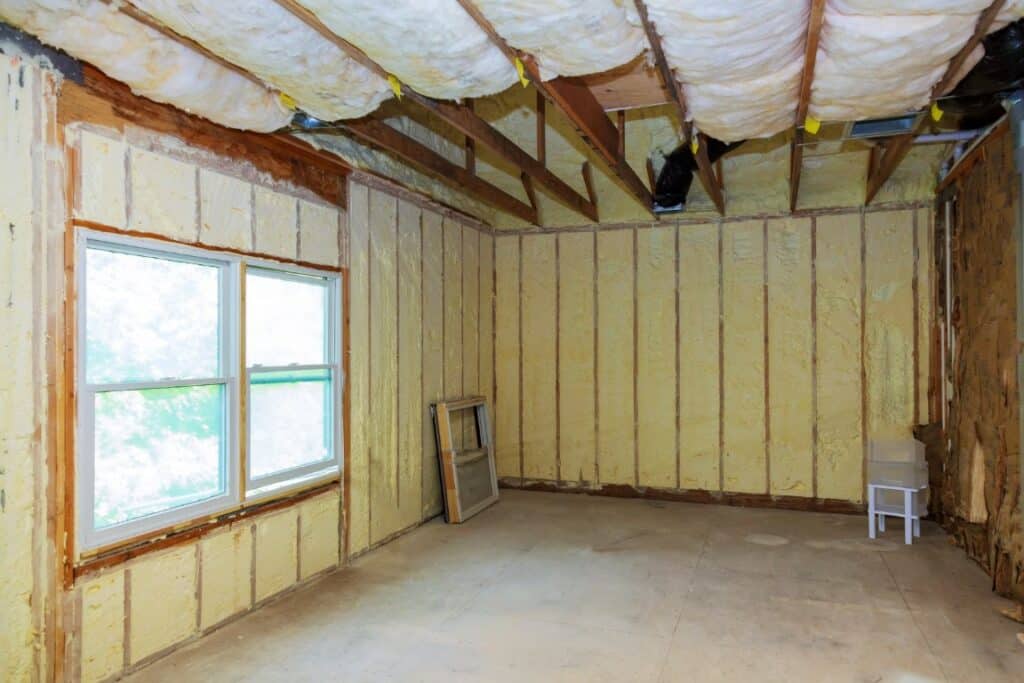Ceiling Insulation Rebates 75-100% off costs.
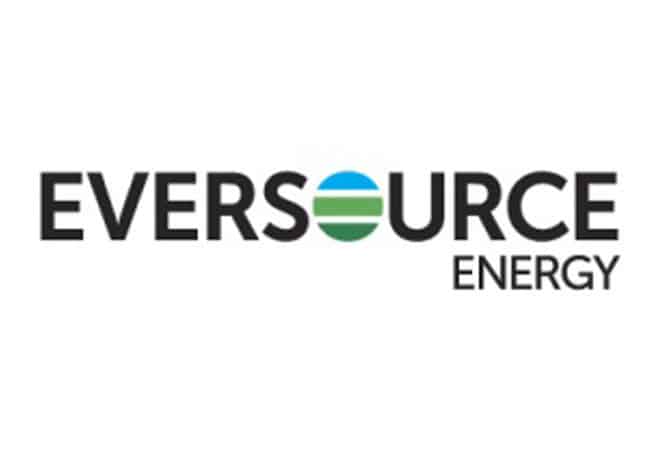
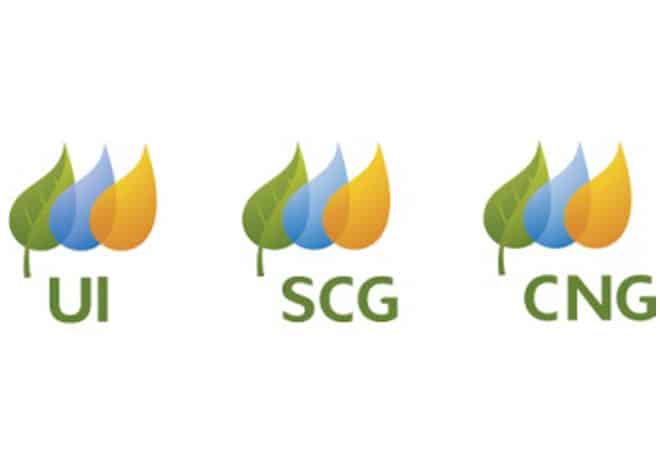
Elevate ceiling insulation with us and learn how to potentially benefit from 75%-100% back with Energize Connecticut, specially for Eversource and United Illuminating customers.
Proper ceiling insulation ensures that your Connecticut home stays warm in winter and cool in summer, reducing heating and cooling costs. From batt and roll to spray foam and rigid foam board, we offer insulation options to suit every type of ceiling, ensuring enhanced thermal comfort, noise reduction, and moisture control. For personalized advice and insulation solutions tailored to your Connecticut home's specific needs, contact Home Comfort Practice today.
Importance of Ceiling Insulation
Proper ceiling insulation is crucial for maintaining consistent indoor temperatures, reducing energy costs, and increasing comfort in your Connecticut home. It prevents heat from escaping in the winter and entering in the summer, leading to a more energy-efficient and comfortable living environment. Understand whether you have a standard ceiling, cathedral ceiling, or a ceiling with attic space above. Each type requires different insulation strategies to achieve optimal thermal efficiency and comfort.

Benefits of Effective Ceiling Insulation
Energy Savings: Properly insulated ceilings can significantly reduce heating and cooling costs by maintaining stable indoor temperatures throughout the year.
Acoustic Benefits: Ceiling insulation can help reduce noise transmission between floors, contributing to a quieter and more peaceful home environment.
Enhanced Indoor Comfort: Insulation helps eliminate cold spots and drafts, ensuring a consistent and comfortable temperature in all areas of your home.
Frequently Asked Questions about Ceiling Insulation
Ceiling insulation is vital for maintaining even temperatures within your home, leading to energy savings and enhanced comfort. It blocks heat transfer between your home and the outside environment.
Common materials include fiberglass (loose-fill or batts), cellulose, mineral wool, and rigid foam boards. Each has varying R-values and applications suited for different types of ceilings.
If your home has uneven temperatures or high energy bills, you may need additional insulation. In Connecticut, due to the colder climate, the recommended R-value for attic insulation is typically between R-38 and R-60. This range is usually higher than what might be recommended for ceilings without attic spaces, reflecting the additional insulation needed to prevent heat loss through the attic.If your existing insulation doesn't meet these guidelines, it's likely you'll benefit from adding more.

Spray foam can be used in ceilings, especially in tight or irregular spaces, but it's generally more expensive. It's effective for air sealing and high insulation values.
Consider the type of ceiling (standard, cathedral, etc.) and whether the area is ventilated or unvented. These factors will influence the best type of insulation and installation method.
Yes, materials like cellulose, made from recycled paper, and certain types of foam boards that use environmentally friendly processes are considered greener choices.
Use insulation products rated for contact with recessed lighting and ensure there's proper clearance around fixtures to prevent fire hazards.
Ceiling Insulation Materials
-
Spray Foam Ceiling Insulation

Spray Foam Ceiling Insulation
Spray foam offers excellent air sealing and insulation properties, making it suitable for various ceiling types, including unvented cathedral ceilings, where preventing air leakage is crucial.
-
Blown Cellulose Ceiling Insulation

Blown Cellulose Ceiling Insulation
Perfect for ceilings with irregular joists or hard-to-reach areas, loose-fill insulation can be blown into place, ensuring complete coverage and improved energy performance.
Learn More -
Blanket/Batt Ceiling Insulation

Blanket/Batt Ceiling Insulation
Ideal for standard and cathedral ceilings with sufficient space between joists, batt and roll insulation can provide effective thermal resistance and are easy to install.
Learn More -
Rigid/Foam Ceiling Insulation

Rigid/Foam Ceiling Insulation
In cathedral ceilings, rigid foam board can be installed under the rafters to increase R-value and eliminate thermal bridging. It must be covered with a fire-rated material, such as half-inch drywall, for safety.
Learn More
Qualify for Ceiling Insulation Rebates by Getting a Home Energy Audit
$0
$0
Average Annual Energy Savings$0
Weatherization Service Value$0
Average 1st Year SavingsRebates for Ceiling Insulation
| Energize CT Rebate: $1.70 per Square Foot | |
|---|---|
| Avg. Initial Cost | $1500-$10000 |
| Max Rebate | N/A |
| Avg. Lifetime Savings | $4000 |
Claim up to $1.70 per square foot on approved insulation projects recommended during a Home Energy Solutions assessment.This may cover between 75-100% of insulation costs!
| IRA Tax Credit: % of Costs | |
|---|---|
| 25C Max Credit | $1600 |
| 25D Max Credit | Uncapped |
The Inflation Reduction Act tax credit for weatherization in Connecticut offers homeowners a 30% tax credit for eligible projects, with a maximum claim of $1,200 per year. It covers insulation, air sealing, doors, windows, and energy audits. Weatherization reduces energy waste, lowers bills, and improves home comfort while decreasing carbon emissions.
| IRA Electrification Rebate: $1600 | |
|---|---|
| Upfront Discount | 50%-100% of Costs |
| Avg. Initial Cost | N/A |
Connecticut homeowners may be eligible to claim up to $1,600 for their weatherization project through the Inflation Reduction Act Electrification Rebate program, depending on their income. Low-income households can receive 100% coverage of weatherization costs, while moderate-income households can receive 50% coverage. (The total cap for Electrification Rebates across all qualified projects is $14,000.)
Other Areas to Install Insulation
-
Attic Insulation

-
Basement Insulation

-
Ceiling Insulation

-
Crawlspace Insulation

-
Duct Insulation

-
Floor Insulation

-
Foundation Insulation

-
Wall Insulation



